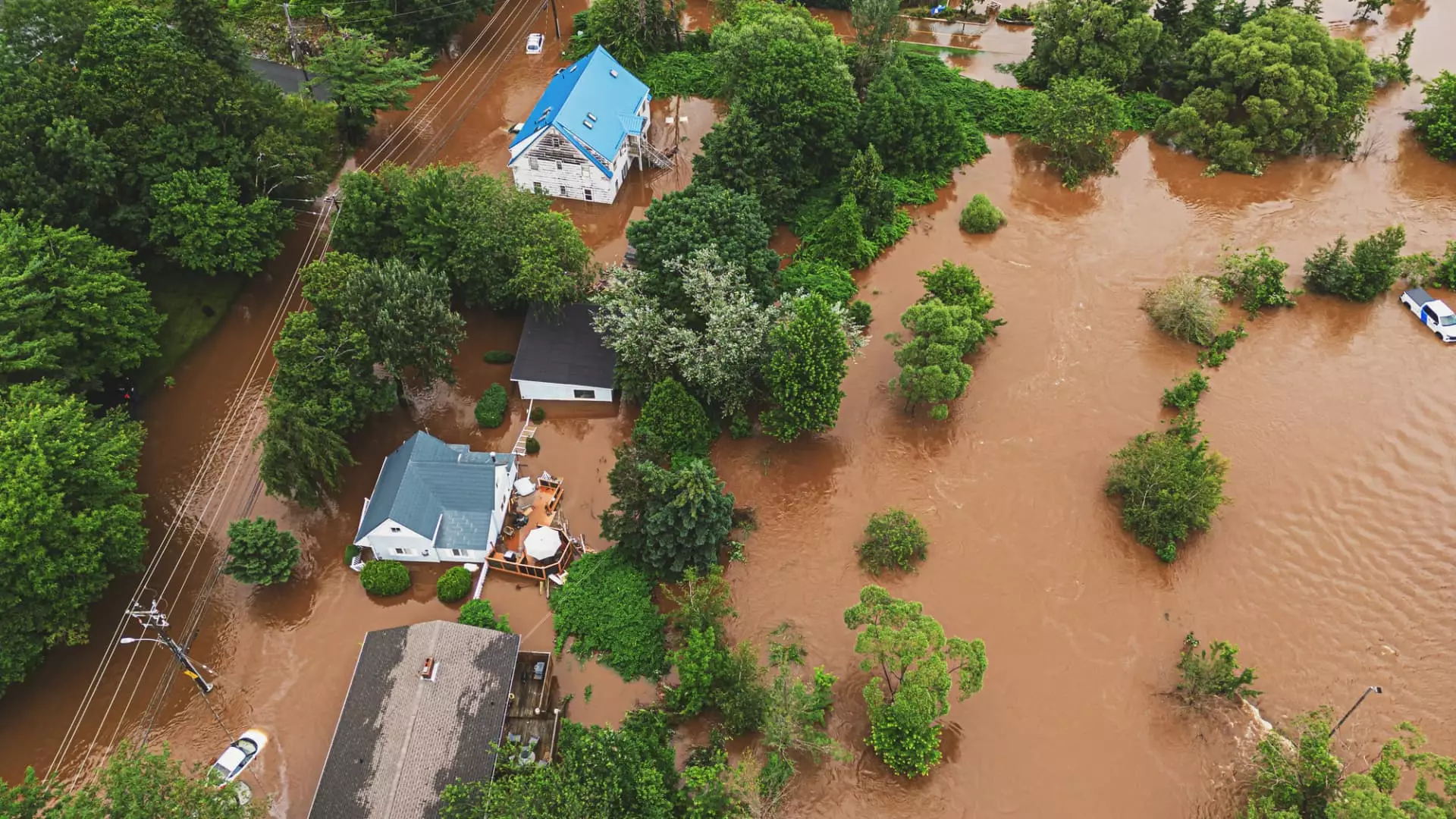Consumers looking to buy or sell a home have been eagerly waiting for the Federal Reserve to lower interest rates in September. However, another critical change that could have a significant impact on the real estate market is the potential lapse of the National Flood Insurance Program (NFIP) authorization by September 30. This article delves into the repercussions of a lapse in the NFIP on home sales, mortgages, and the overall real estate market.
Homeowners insurance policies typically exclude coverage for flood damage, necessitating homeowners to secure a separate flood insurance policy in flood-prone areas. Mortgage lenders may mandate borrowers to obtain flood insurance based on the property’s flood risk. Jaret Seiberg, a financial policy analyst, underscores the importance of NFIP reauthorization for obtaining mortgages in flood zones. The NFIP, established in 1968, offers affordable flood insurance coverage, and a lapse in its authorization could impede new policies and increase coverage on existing policies.
In the scenario of an NFIP lapse, the program cannot issue new policies or enhance existing coverage, disrupting real estate transactions. Property sales may be delayed as buyers struggle to obtain flood insurance, either through waiting for NFIP reauthorization or seeking coverage in the private market. Private insurers have limited flood insurance offerings, making NFIP the primary choice for flood coverage. A lapse in the NFIP could lead to market disruption, affecting real estate agents and causing delayed or canceled transactions.
The NFIP insures millions of policyholders and trillions in assets, safeguarding existing policyholders during a lapse. Homeowners with policy renewals around the reauthorization deadline should renew early to avoid disruptions. Lenders requiring flood insurance for refinancing must consider the NFIP deadline to prevent delays in loan processing. Despite criticisms of the NFIP’s pricing structure, its reauthorization is crucial due to limited private insurer options and the program’s indispensable role in flood insurance availability.
The NFIP has faced multiple lapses and extensions over the years, reflecting policymakers’ struggles with the program’s financial sustainability and effectiveness. Recent pricing updates have stirred controversy, with homeowners experiencing steep premium hikes under the new Risk Rating 2.0 system. Critics question the equity and affordability of NFIP premiums, prompting calls for program improvements from legislative representatives. While challenges persist, the NFIP remains a lifeline for homeowners in flood-prone areas, even as debates on the program’s future and alternatives continue.
The potential lapse of the NFIP poses significant challenges for homebuyers, sellers, and mortgage lenders. The impact of a lapsed program could disrupt real estate transactions, hinder mortgage approvals, and leave homeowners vulnerable to flood-related risks. As policymakers navigate the complexities of flood insurance policy, ensuring the continuous reauthorization of the NFIP is crucial to maintaining stability and protection in the housing market.

